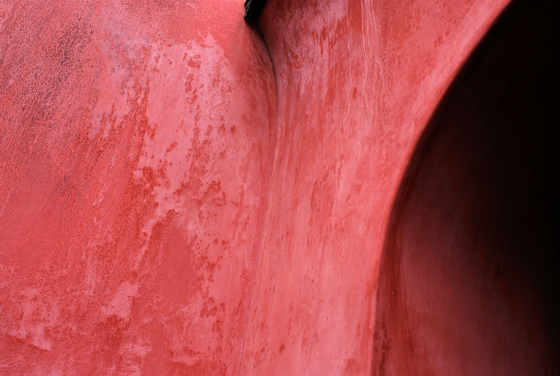The next big temple after Daionji along Teramachi in Nagasaki is Kotaiji, and there was a little bit more to see here.
The first building you come to is the Kegonkaku, the Great Buddha Hall, built in 1723.
It houses a 3.4 meter tall red statue of the Vairocana Buddha, known in Japan as Dainichi Nyorai.
Kotaiji was founded in 1608 and was moved to its current location in 1626. It belongs to the Soto Zen sect and the honzon is a Shaka Triad, the historical Buddha flanked by two guardians.
The honzon was donated to the temple by a wealthy man named Takasuri who also paid the construction costs of the nearby Megane Bridge. The bridge was originally part of the approach to Kotaiji Temple and the main gate used to be located closer to the bridge.
The Niomon gate was built in 1680 and is said to be the oldest existing shrine or temple gate in Nagasaki.
The pair of Nio, however, only date back to 1985 and the originals had deteriorated too much.
The main hall was built in 1663 and is made out of teak.
The Zendo, meditation hall, was built in 1832.
Zazen mediation sessions are available for foreign visitors.

































































